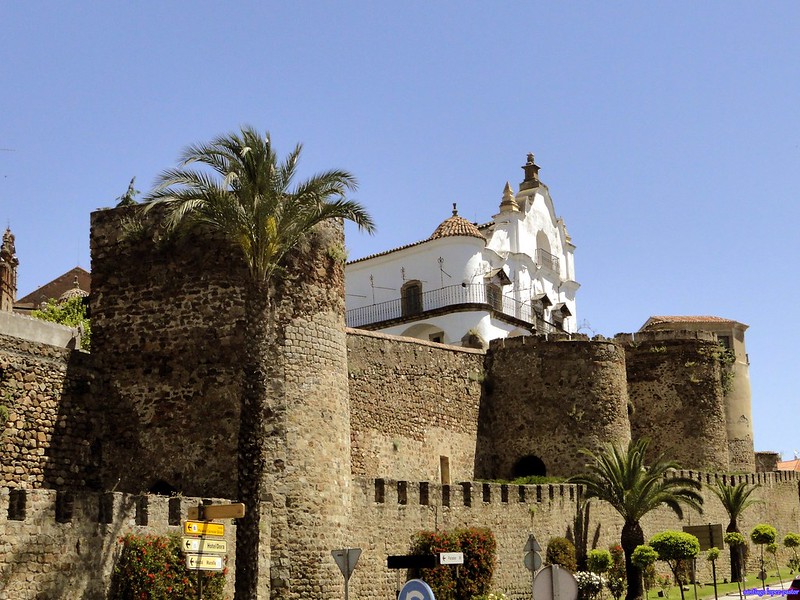InSpain.news headed to Extremadura to discover this little-known region of Spain. This five-part series explores the region’s main towns and cities. In the final part we’re in Plasencia, the region’s second biggest town, rising above the river Jerte and known both for its historical culture and natural bounties.
When you approach Plasencia the one thing you can’t miss is the medieval turreted wall that surrounds the town. The wall dates from the city’s foundation in 1186 by Alfonso VIII of Castile.
Plasencia centre is a Cultural Heritage Site thanks to the wealth of religious and civil buildings such as palaces and churches. It was from Plaza Mayor that I started my discovery of a city whose name conjures up a feeling of pleasance.
The heart of Plasencia
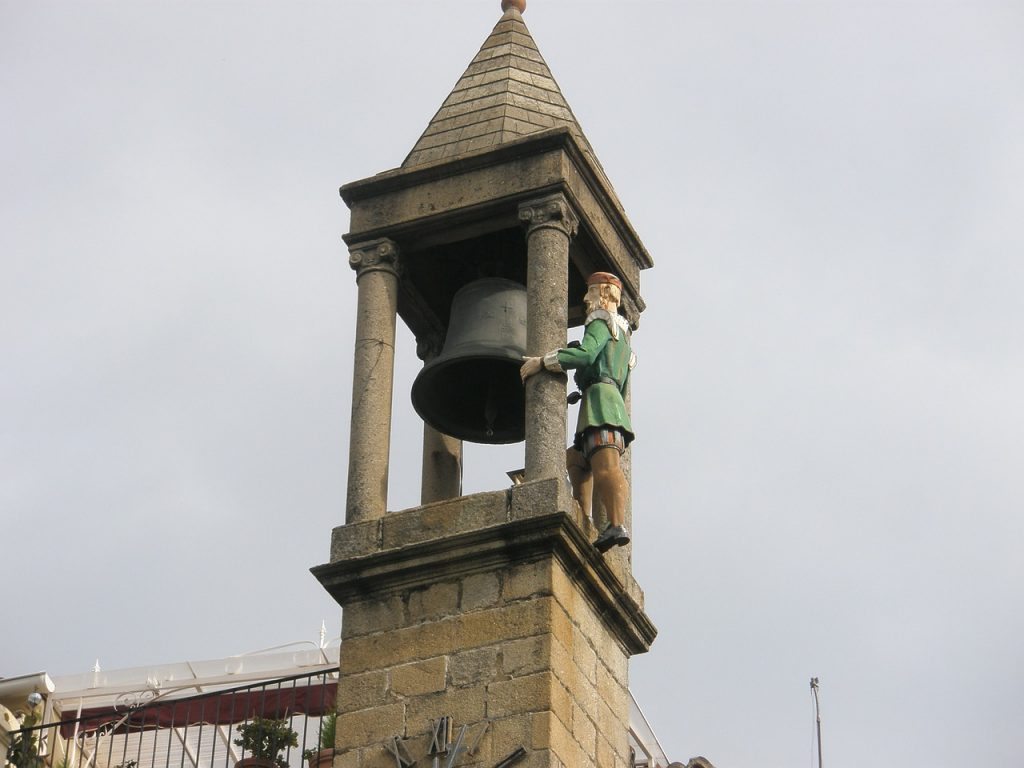
Plasencia’s life blood flows through the arcaded Plaza Mayor. No less than ten street converge upon the square, which is home to a Tuesday farmers’ market, which dates back to the 12th century, bars and restaurants. If you look up at the Gothic town hall when the clock strikes the hour, you´ll see an interesting-looking chap. He is a 1970s replica of El Abuelo Mayorga, the unofficial symbol of the town.
From the plaza, I made for the cathedral and a circuit of the town, before breaking through the walls to the aqueduct.
New and old
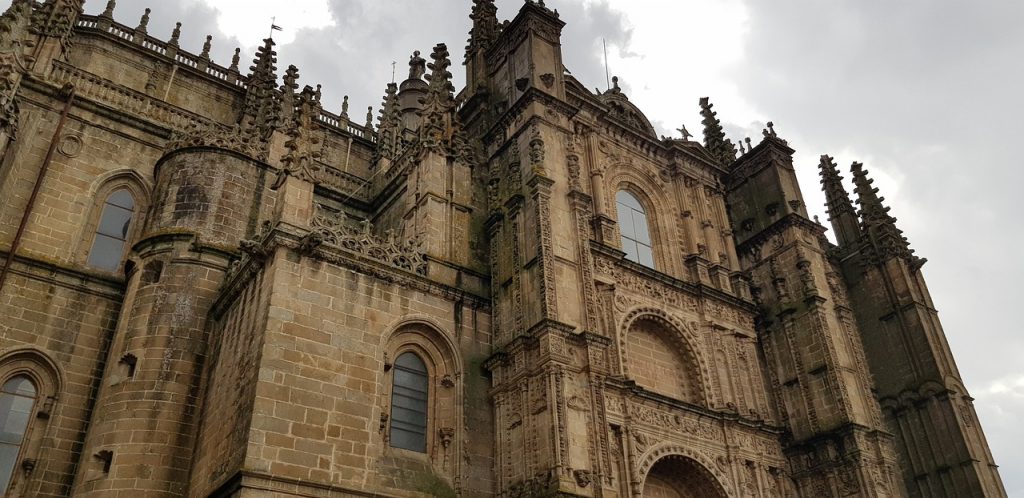
My tourist map showed the Cathedral as ‘nueva y vieja’, and you do get a two-for one offer with this impressive Cathedral.
Work started on the old cathedral just after the city was founded but continued until the 14th century. The foot of the cathedral shows the late-Roman style façade while the chapter house is crowned by a Byzantine tiled spire, and there is a Cistercian-Gothic cloister.
At the height of the Renaissance period, the diocese was in church of the city and a new cathedral was started. However, rather than demolishing the old one, they started to replace parts of the old with new. The project was never completed, which is why the cathedral has a patchwork effect to it.
Ring the bell
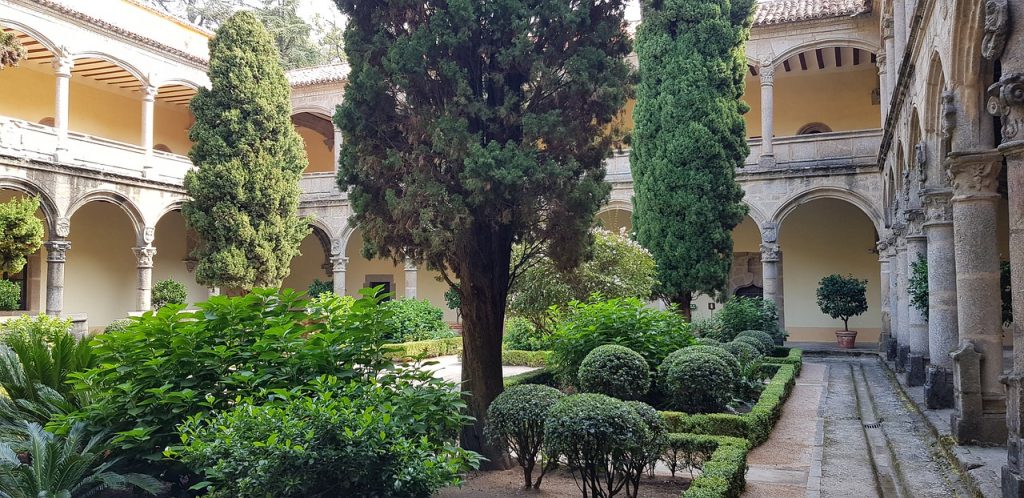
Along Calle Blanca and I came across the Romanesque-Gothic San Nicolás church and the Palacio del Marqués de Mirabel. This 15th century palace was refurbished a century later to reflect the contemporary Renaissance style.
After ringing the doorbell, the caretaker allowed me in for €4. The attractive columned two-floor Renaissance patio lead me upstairs to a 1555 bust of Carlos I. There’s also a grand 16th-century reception hall and chapel and an Italian-inspired hanging garden overlooking the plaza.
Next door is the Convento de los Dominicos, a convent built by the Zúñiga family. The remains of this noble family are entombed in the convent’s Gothic church.
Beyond the walls
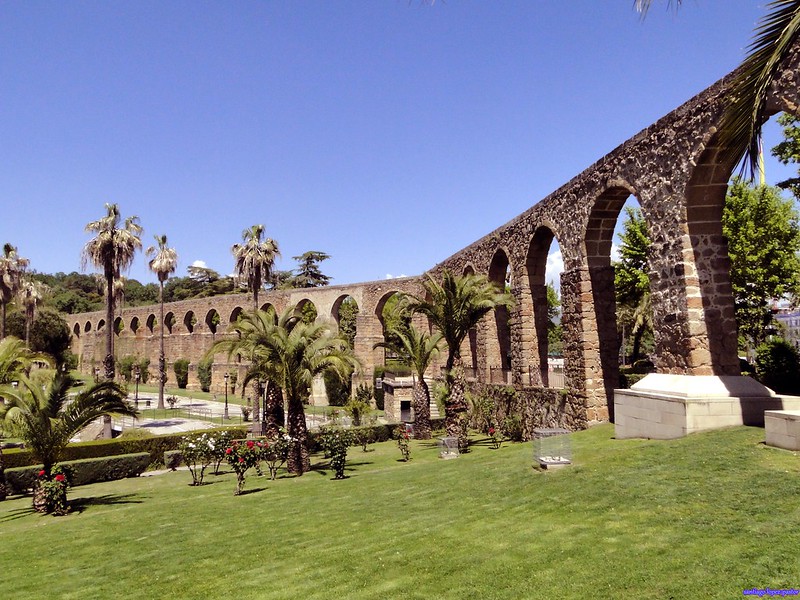
The parks of Plasencia bring the nature for Extremadura is so well-known into town. The impressive aqueduct strides through Parque de San Antón.
Younger than the one in Mérida, it was originally built in the 12t century, though the version standing today dates back to the 16th century.
Aa neighbouring park is the Parque de los Pinos. It covers over 13 acres and is a núcleo zoológico (animal centre). Some non-native trees caught my eye, including a redwood that stands at over 300 feet and the gingko biloba tree. There are lots of different birds, from storks to peacocks and emus. If you’re travelling with children, they’ll appreciate this park.
Food is not a bore
As with the whole of Extremadura, the food is worthy of note. Cherries and pimentón (similar to paprika) are popular ingredients, but so is wild boar a particular favourite of mine.
It was technically autumn, so a plate of guiso de solomillo de jabalí (wild boar stew) was not to be ignored. Washed down with another gorgeous red wine, I could reflect on a superb trip to Extremadura.
Still more to see in Extremadura
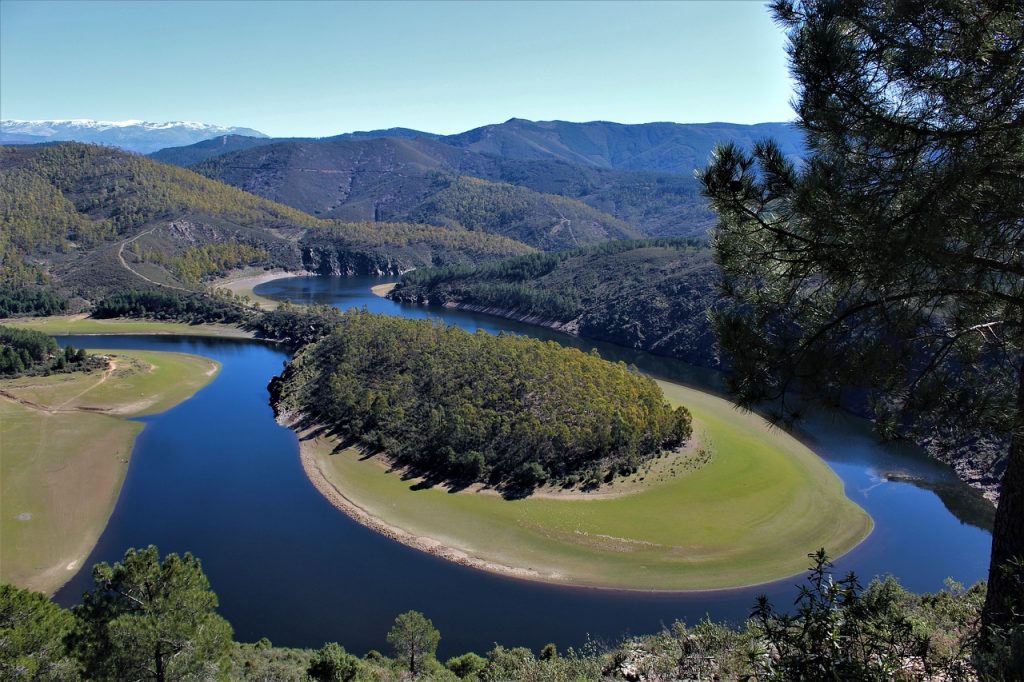
There is so much more to see than the 5 cities we’ve mentioned in this mini-series. The natural landscape has much to offer – wild swimming, fantastic hiking, the clear night skies. Not forgetting the castles, vineyards and attractive villages that pepper the region. But they can be enjoyed another time, because one thing is for certain, I shall be returning to Extremadura.
If you missed parts 1-4 of our Extremadura mini-series, you can enjoy them here: Cáceres, Mérida, Trujillo, Zafra and Badajoz.
